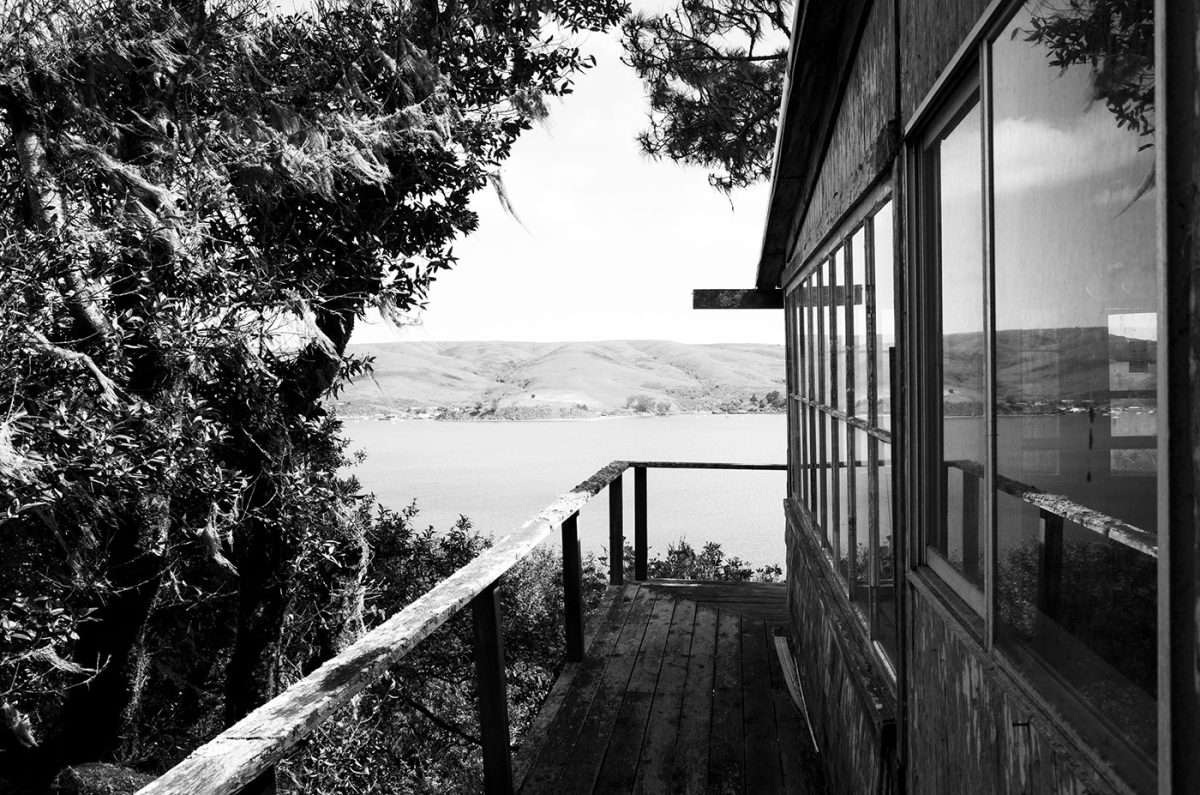The last holdout of Duck Cove is gone. Family and friends of the late Mort McDonald arrived at his old cabin, the last of more . . .
Last lease ends at Duck Cove


The last holdout of Duck Cove is gone. Family and friends of the late Mort McDonald arrived at his old cabin, the last of more . . .